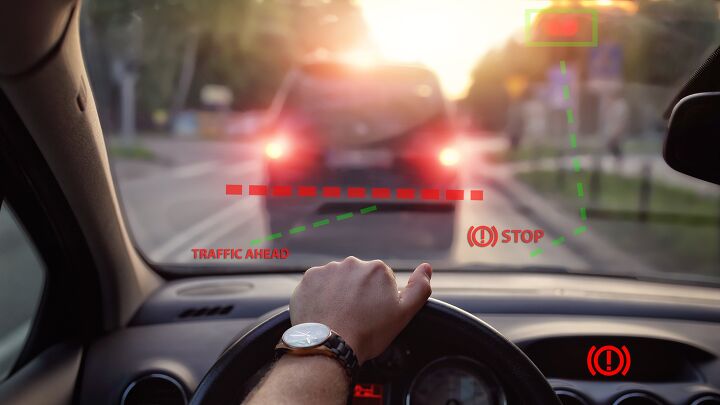
Automakers are increasingly making advanced driver assist systems (ADAS) like automatic emergency braking (AEB) standard to meet tightening crash-test standards, but that feature will become required by law in 2029. The National Highway Traffic Safety Administration recently finalized a rule requiring that AEB be included on all new vehicles by 2029.
The NHTSA’s ruling will make AEB the law of the land, requiring the feature to stop vehicles to avoid collisions at speeds of up to 62 mph. Braking systems must be able to activate automatically at up to 90 mph when a collision is imminent and 45 mph when they detect a pedestrian.
NHTSA deputy administrator Sophie Shulman said, “Automatic emergency braking is proven to save lives and reduce serious injuries from frontal crashes, and this technology is now mature enough to require it in all new cars and light trucks. In fact, this technology is now so advanced that we’re requiring these systems to be even more effective at higher speeds and to detect pedestrians.” The Administration predicted that the new regulations would prevent 24,000 injuries and save 360 lives.
The new rules also require AEB to be effective in day and night lighting conditions. Unlike some regulations that face fierce industry pushback, including those regarding fuel economy and emissions standards, the NHTSA believes this one is reasonable and achievable. Consumer Reports participated in the research process for the ruling, saying it had submitted a petition with 24,000 consumer signatures to push the NHTSA to act.
[Image: ambrozinio via Shutterstock]
Become a TTAC insider. Get the latest news, features, TTAC takes, and everything else that gets to the truth about cars first by subscribing to our newsletter.
via Autobuzz Today
Comments
Post a Comment